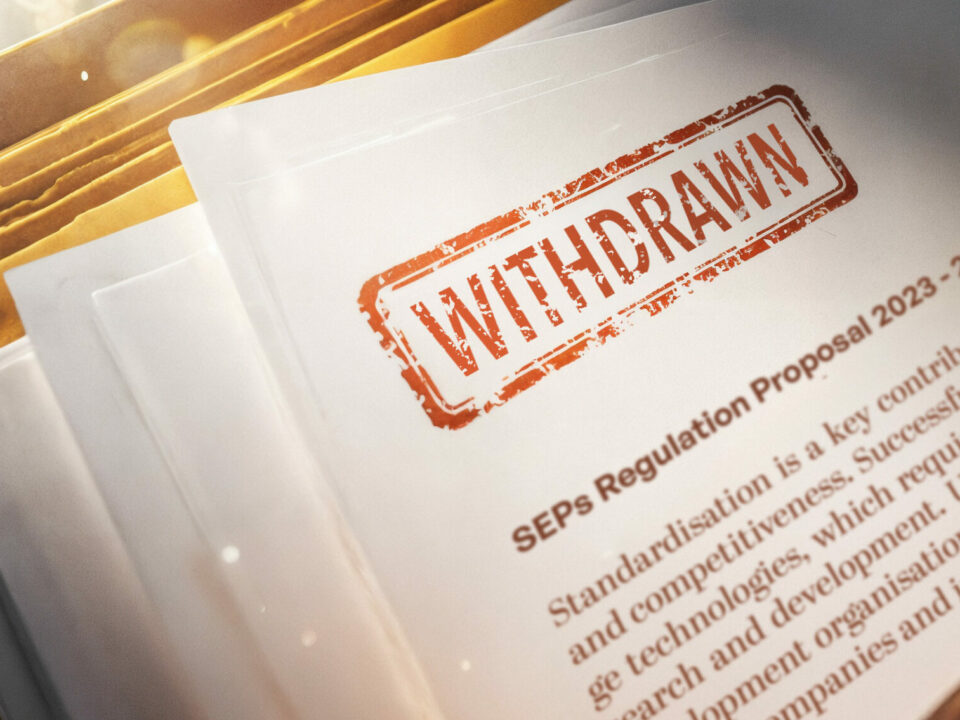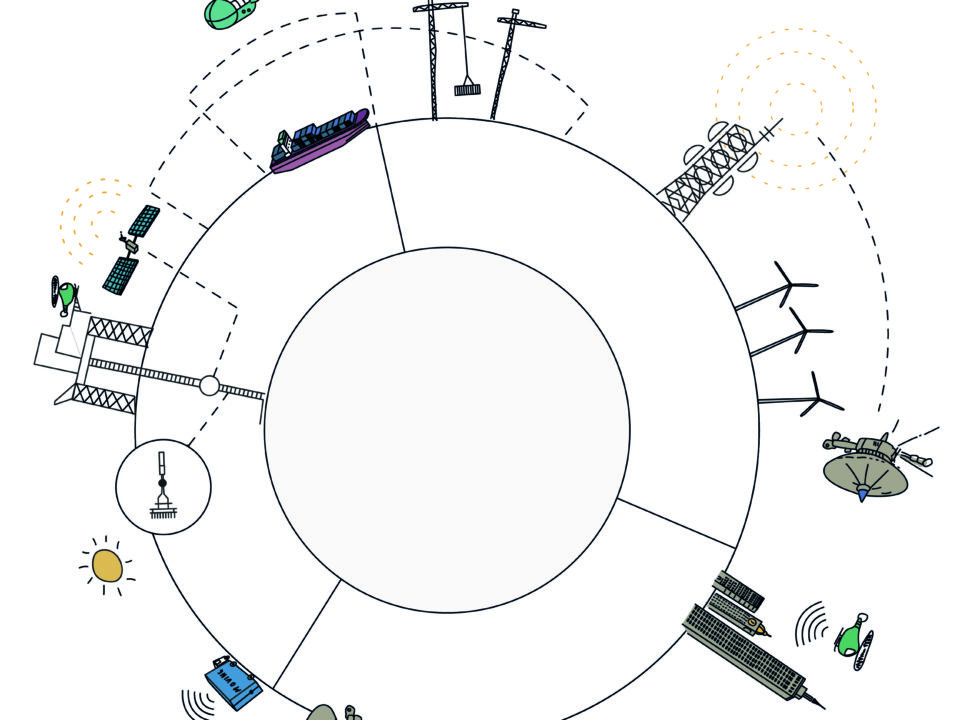Transparency: Disclosing SEPs
Over the past few years there have been differing views on whether and when to disclose an SEP to an SSO. This has often been considered in the context of two countervailing concerns of either “patent ambushing” or improving SEP transparency. The latter is a goal of the European Commission, as stated in its 2017 Communication on “Setting out the EU approach to Standard Essential Patents”.
Some SSOs/SDOs ask for the disclosure of potentially essential patents (SEPs) and others do not. Those that do sometimes stipulate a specific timeframe to disclose and others do not. ETSI is an example of one that does not. However, it does seek disclosures “in a timely fashion”. The meaning of which has been recently considered by both a US and UK court in a dispute between Optis and Apple (see below).
There are various points in time when a patent owner might be requested by an SDO to disclose potentially essential IPR. The earliest would be at the time when it is aware that it has IPR relating to a technical contribution which might be incorporated into a standard of the SDO. Other time points might be following the inclusion of the contribution into the draft standard or prior to approval of the final draft version or sometime after that.
Whether and when an SDO seeks disclosure is often related to the types of standards an SDO is seeking to create. If, for example, the SDO wishes to avoid/limit IPR covering its standards, then it might ask its members to disclose any IPR they have at an early stage in a standard’s development. However, for those SDOs seeking the best technical solutions there is usually an assumption that contributions may be covered by IPR, but this is not an issue so long as the patent owner will be willing to license its essential IPR on FRAND terms; as has been acknowledged by a UK judge in Optis v Apple.
If an SDO asks for disclosures too early, it risks so-called “over-declarations” (or more accurately “over-disclosures”) as it will be less likely that a disclosed patent will become essential to the eventual standard in question. This may be because the draft standard might change taking it out of the scope of the patent or the patent claims might change during its prosecution so that it would no longer be essential to using the standard.
While this has been understood for many years, the issue of SEP disclosures has recently become a hot topic. This is because of two conflicting ‘demands’. In its 2017 Communication, the European Commission has called for greater transparency by reducing “over-declarations” and increasing the information on the SEPs disclosed to SDOs by their patent owners. The Commission has accepted that this can only be done if the information is provided towards the end or after a standard’s development or following the grant of a patent.
On the other hand, in 2019, a US court found, in Core Wireless v Apple, that an implied waiver defence existed for an SEP that had not been disclosed at the contribution stage in ETSI. This was despite the fact that most companies in ETSI, including Apple itself (the SEP infringer here), had disclosed their potential SEPs not at the contribution stage but after the final stages of a standard’s development.
This draconian decision, which led to the unenforceability of the SEP in issue (subject to an appeal that was never heard following settlement between the parties), has caused a number of companies to start disclosing their patents much earlier; no doubt leading to more “over-declarations” and certainly less information being provided to ETSI on potential SEPs – running contrary to the objectives of the European Commission.
Fortunately, this decision has not been followed by both a US court and a UK one in a subsequent dispute between Optis and Apple. In February, a US court rejected Apple’s implied waiver defence claim against an Optis patent, and in June a similar argument made by Apple fell flat on its face before a UK court. In its decision, the UK court found that ETSI’s working groups only evaluated contributions to ETSI standards based upon technical merit under the assumption that such contributions would be covered by IPR. In other words, even if IPR had been declared earlier, it would not have made a difference to the standardisation process due to the understanding that FRAND licenses would likely be available. ETSI’s and its working groups’ primary concerns were that IPR would not be available on FRAND terms.
Therefore “in a timely fashion” had to be understood in this context, where early disclosure of unavailable IPR is important to ETSI to prevent patent ambushing of its standards. On the other hand, timeliness is less important when it is expected that IPR would be available.
In this regard, both the US and UK courts found that the majority of IPR disclosures in ETSI, with FRAND declarations, were made either near to or after the end of the standard development process. Given this practice of so-called “late declarations”, and other factors, neither court could find any possible basis for a defence in favour of Apple for patent infringement.
This is good news for both ETSI and the European Commission, as it may lead to ETSI members once again disclosing their patents at a stage when there is greater certainty and more information available regarding their potential SEPs – without fear of an absolute defence to their SEPs for what many in the industry consider to be good practice.



